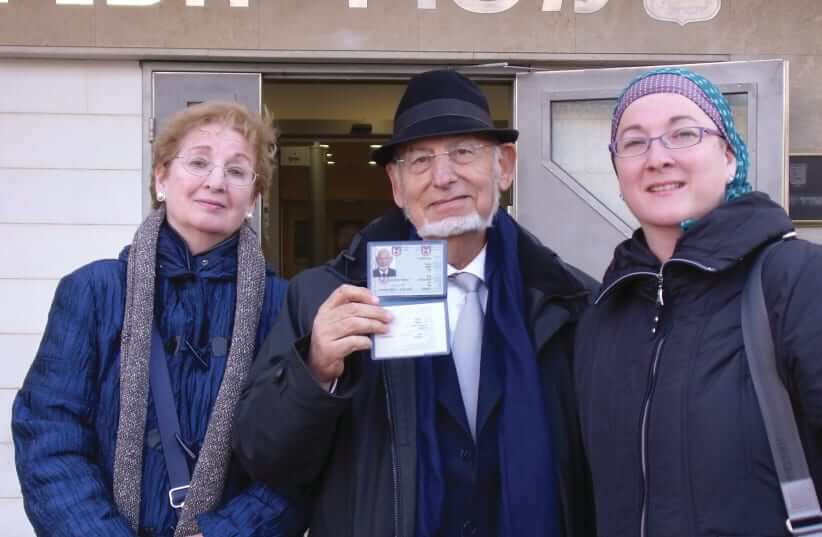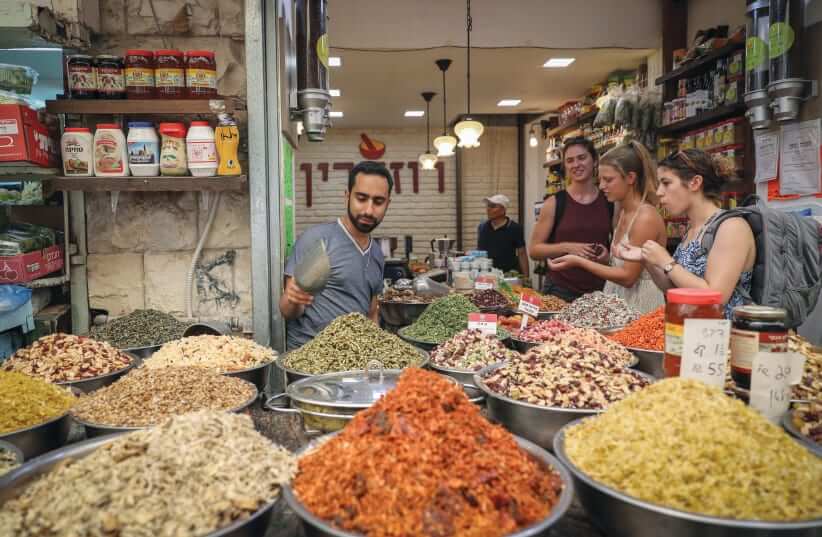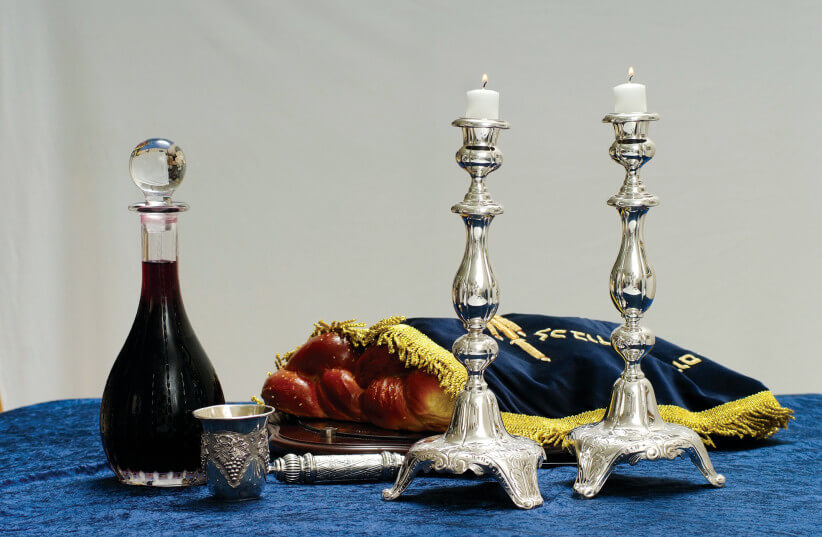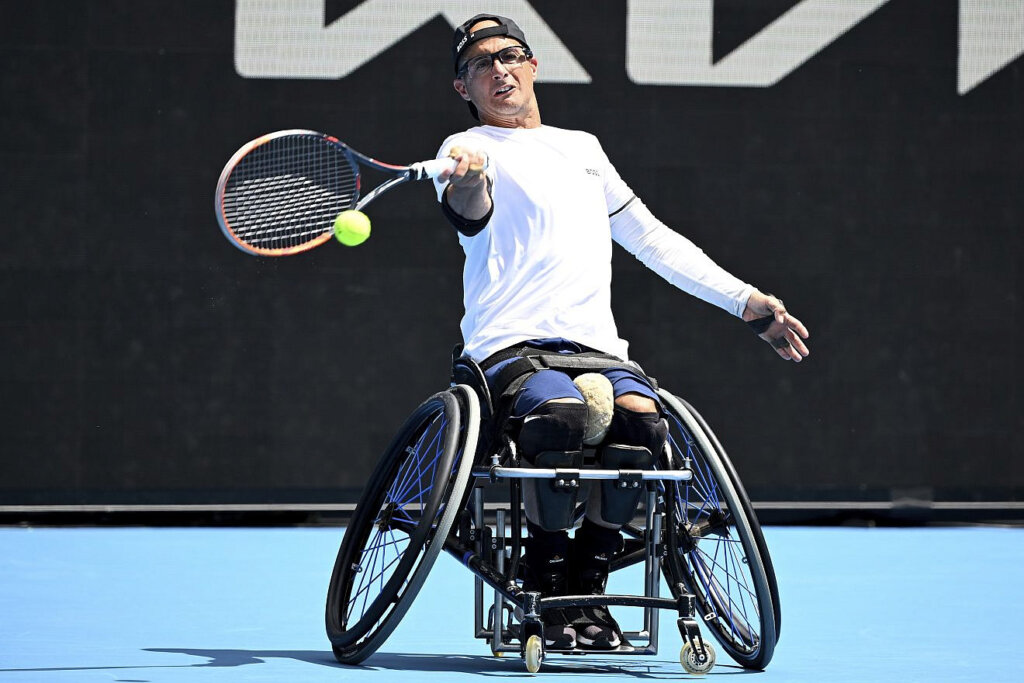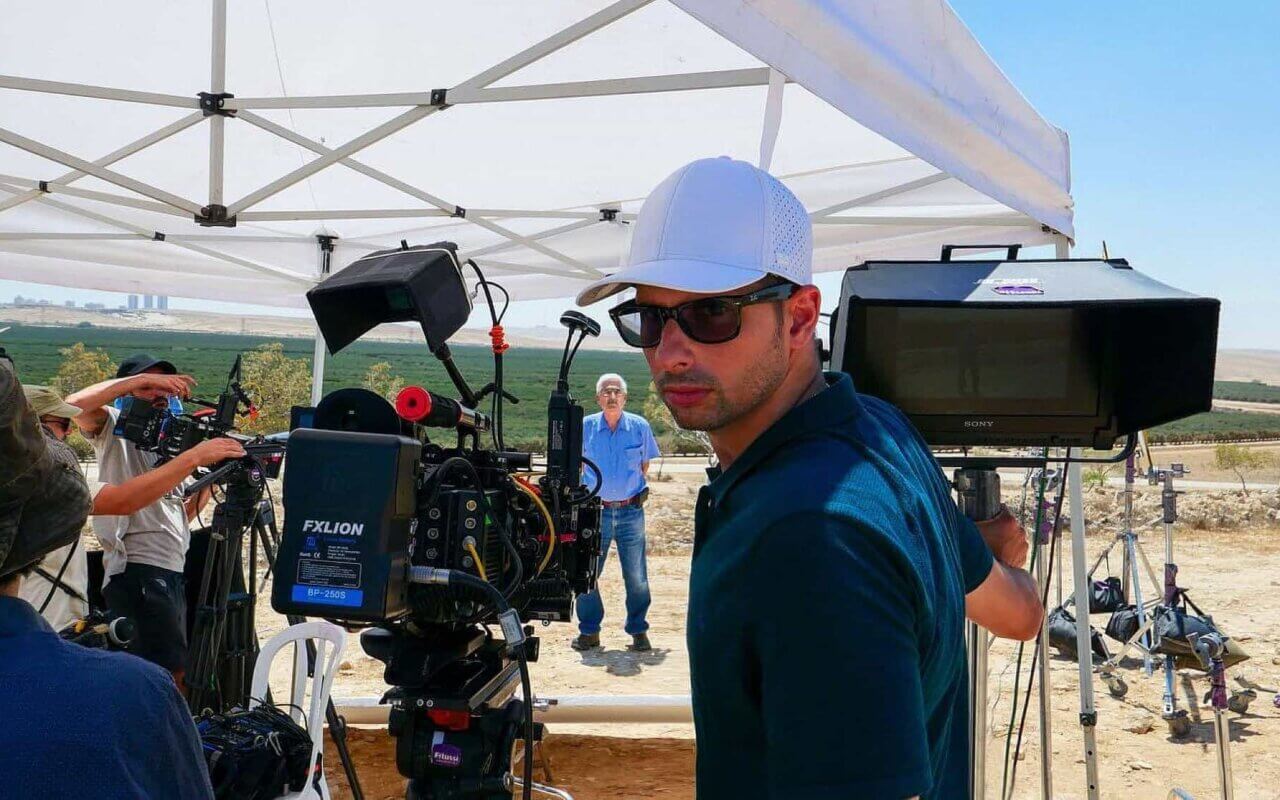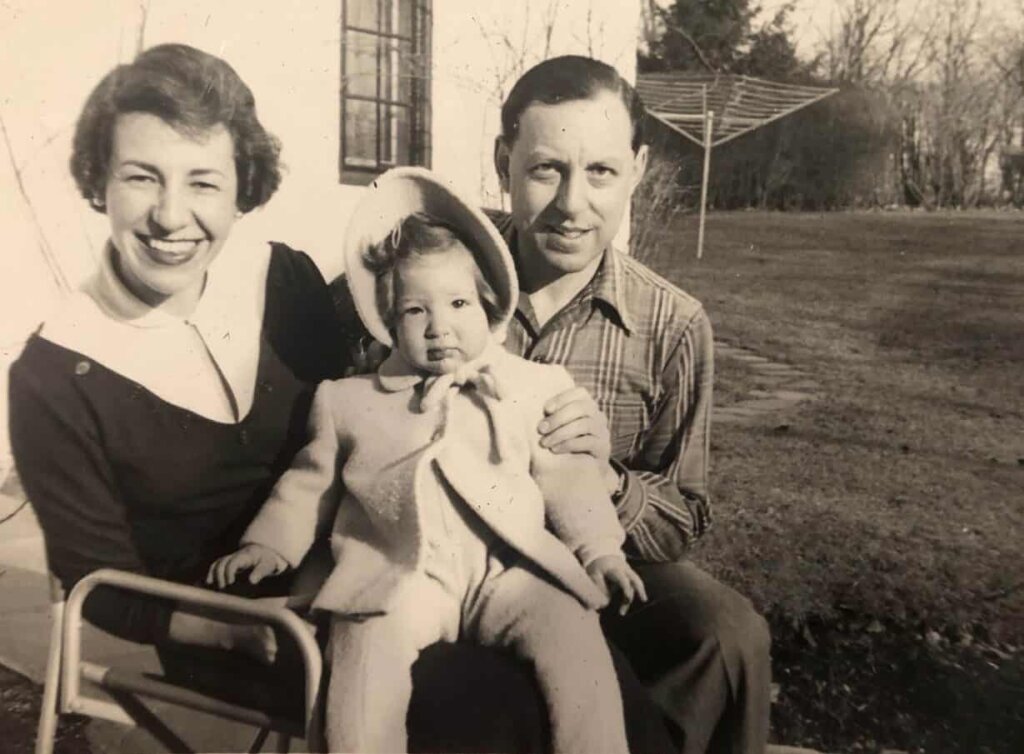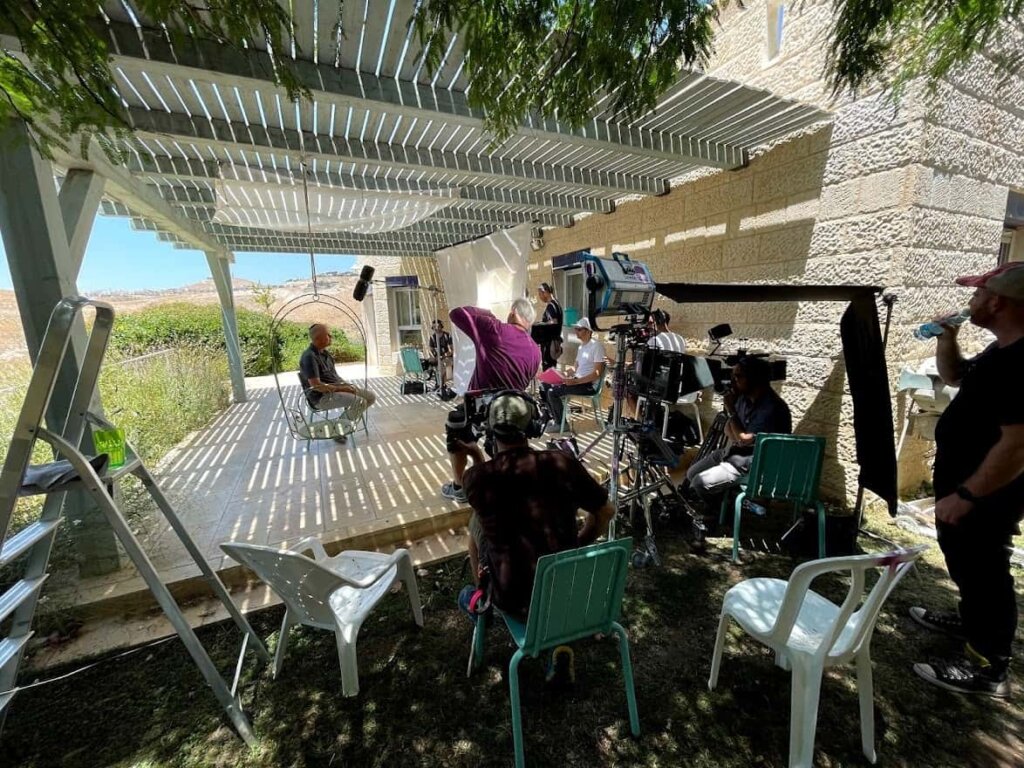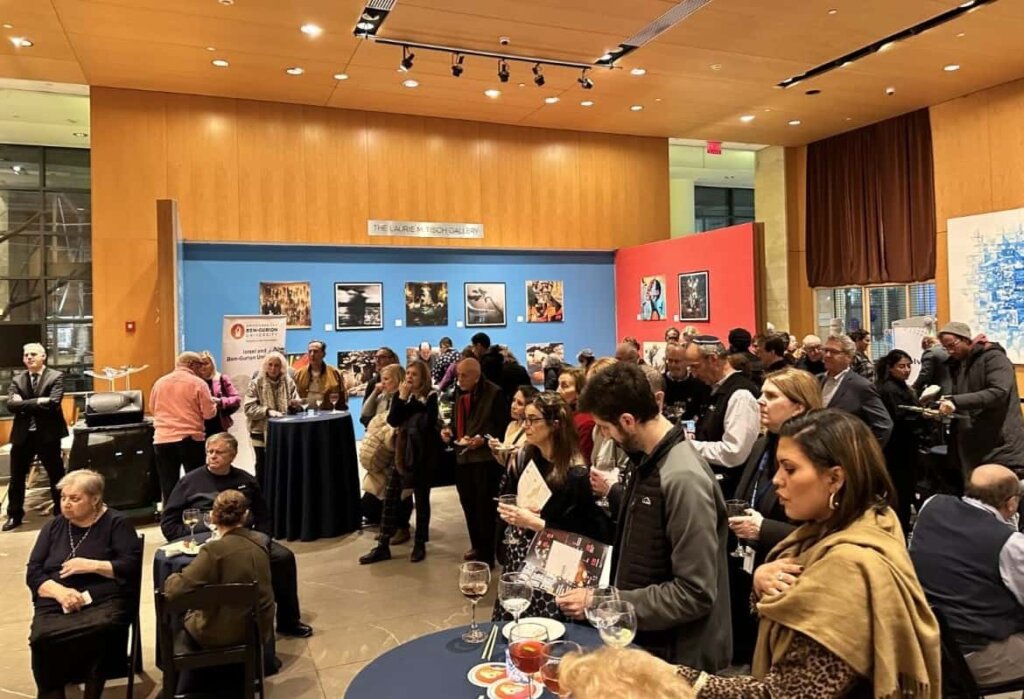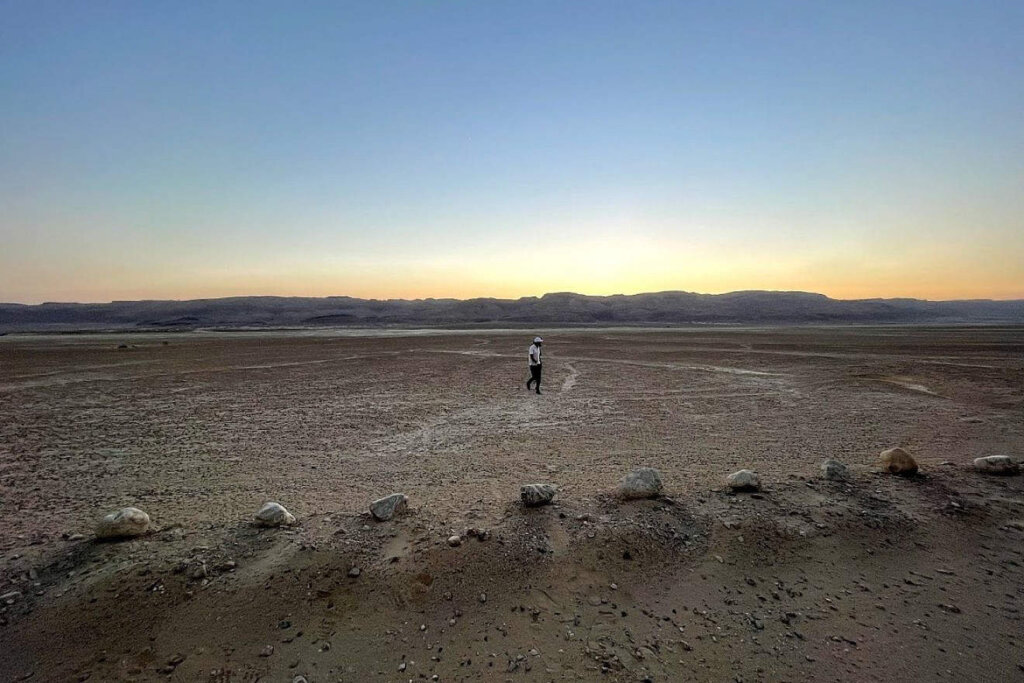The Original Article is Published at JPost.com
Leah embraces the words of one of her many beloved rabbis and teachers who encourages people to “be where history is being written” – in Israel.
Leah Haziza came to Israel after high school for two very compelling reasons: “I felt very stuck in Greece – there was no way to get a significant Jewish education, and it was hard to meet Jews. And I came because my mother said to go!”
Her mother, Rebbetzin Shulamit Arar, knew a thing or two about Israel and leading a life committed to Jewish practice. She grew up in France to parents who left Romania for Paris before the Holocaust, then moved to the South of France. Haziza reports, “She was brought up in a Catholic boarding school. She always said that life started when people brought her to Bnei Akiva.”
Rebbetzin Arar made aliyah in 1960 to the religious Kibbutz Sde Eliyahu. She might have stayed in Israel her whole life had she not returned to visit family in France and met her future husband, Jacob Arar, a Greek rabbi in France at the time learning shechita (kosher ritual slaughter) and furthering his rabbinic training. They married, and Rabbi Arar went on to serve as chief rabbi of Athens for 46 years. They eventually made aliyah in 2011.
Leah Arar Haziza came to Israel earlier, making aliyah in 1987, inspired in large part by her mother.
“My mom always told me, ‘Greece is not our place.’”

A Greek national flag flutters as people visit a beach, following the coronavirus disease (COVID-19) outbreak, in Athens, Greece, April 28, 2020. (credit: GORAN TOMASEVIC/REUTERS)
Moving to Israel, studying at university
Leah’s aliyah came one year after high school, and although she concedes that her dream had been to see the world, she notes in heartfelt fashion, “The truth is, the world was here, in Israel, and I get to meet them!”
Leah continued getting to know the world at the Hebrew University of Jerusalem through her studies in international relations, along with courses in economics and Italian.
She recalls the experience as “pretty challenging.” She notes, “I went to college and did a four-year course, so I had to stay!” A tip she offers to other young olim.
The program and the experience of living in Israel were not easy. “It took me two years until I felt I was not in Athens but Jerusalem.”
Her pre-university mechina (preparatory program) helped expand her social world and her familiarity with Israeli society and helped improve her Hebrew language skills. She met many Americans and was invited to work in the Tikvah Program (for campers with disabilities) at Camp Ramah in Massachusetts, an experience she still values.
During her time at Hebrew U, she got involved with Bnei Akiva, the Jewish youth movement that had such a big impact on her mother. She also learned additional languages (she speaks four and understands five or six). She stresses the importance of knowing languages but concedes it is not always easy.
“I cried taking notes in Hebrew my first year – but you get better.”
She also notes the importance of making friends outside the university to ease the process of integrating into Israeli society. She volunteered through Gadna (a short IDF program)and participated in Jewish Bnei Akiva learning programs.
Jewish learning has become a central part of Leah’s life in Israel. She reflects on the lack of Jewish learning opportunities growing up in Greece and is delighted with the opportunities available in Israel. She notes how fortunate she was to have met the revered Rabbi Adin Steinsaltz, who told her, ‘If your level of Judaism stays like that of a child, people will want to leave Yiddishkeit.”
“Through learning texts,” she says, “my Hebrew has become significantly better.” She has learned in many places and attended many shiurim, which only makes her want to continue to learn more.
After eight years of living in Israel, Leah met her husband, Netanel “Nat” Haziza, an architect born in Montreal who moved to Toronto for eight years before making aliyah in 1996.
Nat has a great deal of experience in architectural design and consulting, creating elevation facades for buildings, landscape architecture, and residential and interior design.
Leah is proud of her husband’s work and enjoys walking around Jerusalem with a person who truly understands, knows, and appreciates architecture.
Nat initially came to Israel on a tourist visa which, at the time, permitted him to work and “test it out.” He reports, “I felt at home and never looked back.”
Nat feels that having a good base in the Hebrew language was useful. He continued to “build on the base through work and interactions.” He is proud of his ability to write fluently in Hebrew as well. Having relatives and family friends in Israel also contributed to a smooth aliyah process.
“I had hashkafa pratit [Divine providence] from the minute I got off the plane! I quickly found work and met Leah within four months of arriving,” he says. They have a daughter, Tiferet, who is almost six.
OVER THE years, Leah has had many meaningful jobs and volunteer opportunities in Israel, such as working for CAJE (Coalition for the Advancement of Jewish Education), the Joint (JDC), The Center for Business Ethics & Social Responsibility/Machon Lev (Jerusalem College of Technology ), Chidon Hatanach International Bible Competition, and Hadassah Hospital and Hadassah Academic College. She has also served for decades as a translator from Hebrew and English to Greek, and from Greek to Hebrew and English for the courts, embassies, Foreign Affairs Ministry, and various other government and educational institutions.
In recent years, Leah has been working on various art projects and devotes a lot of time to her daughter, and currently, to working with children relocated from the South.
Leah acknowledges that this past year has been difficult, noting “We are all in pain.”
Yet, she says, “I have started to fall in love again with the map of Israel and the people of Israel.”
She observes that every part of life has ups and downs and points out, “For anything substantial, you have to choose it every day.”
She stresses the importance of “knowing why you are here and what you are giving” and reminds people that the Hebrew word kasheh (“difficult”) is “not a bad word.”
Leah feels that living in Israel has become easier over the years. Those considering aliyah have the benefit of better communication (including WhatsApp to stay in touch with family abroad), and such organizations as Nefesh B’Nefesh to assist in the aliyah process.
She notes playfully that these days, a person can “live in Israel without a word of Hebrew.” However, she encourages those considering aliyah to “invest in Hebrew, Jewish history, and emotional maturity.”
Leah embraces the words of one of her many beloved rabbis and teachers who encourages people to “be where history is being written” – in Israel.
She loves living here, stressing that “there is beauty everywhere” and that it “forces you to think about your relationship with Hashem.” ■
Leah Haziza From Athens to Jerusalem, 1987
